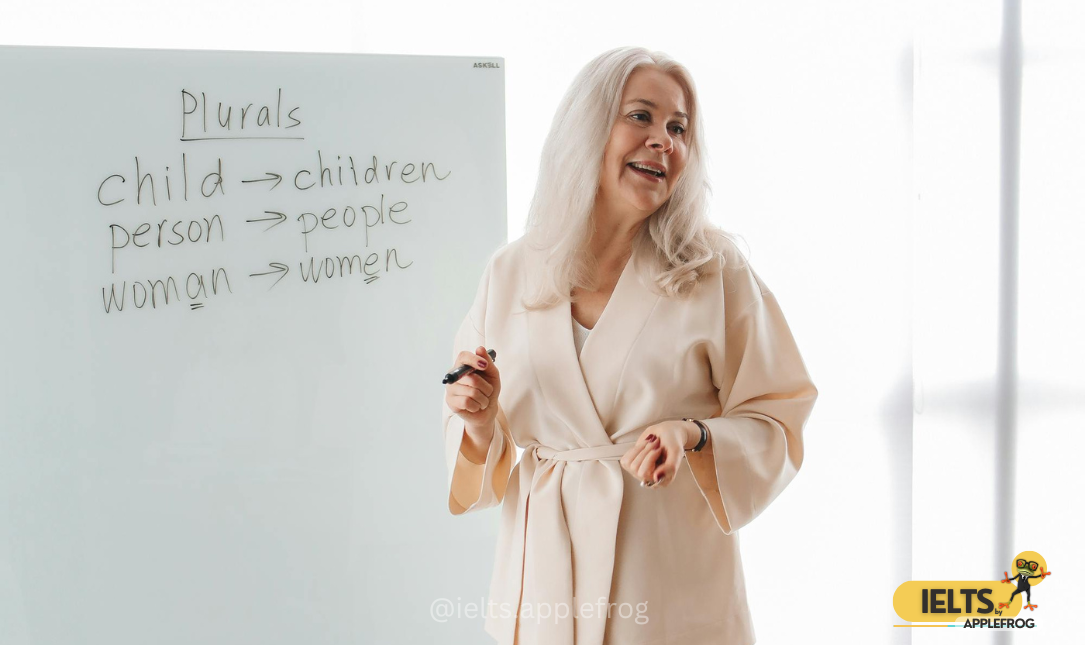
Past Continuous Tense
The past continuous tense, also known as the past progressive tense, describes actions or events that were ongoing or in progress at a particular time in the past. It emphasizes the duration and continuity of those past actions.
Formation of the Past Continuous Tense
The past continuous tense is constructed using the past tense of the auxiliary verb “to be” (was/were) followed by the present participle (-ing form) of the main verb.
Example: “They were playing soccer.”
Uses of the Past Continuous Tense
- Ongoing Actions: Describes actions that were in progress at a specific moment in the past.
Example: “I was studying when she called me.” - Background Context: Sets the stage for another action or event in the past.
Example: “She was cooking dinner while he was watching TV.” - Simultaneous Actions: Highlights two or more actions happening at the same time.
Example: “We were talking and laughing at the same time.” - Interrupted Actions: Describes an action in progress that was interrupted by another event.
Example: “He was reading a book when the phone rang.”
Examples of the Past Continuous Tense
- “I was studying all night for the exam.”
- “They were traveling in Europe last summer.”
- “She was writing a letter when the power went out.”
- “We were watching a movie when it started to rain.”
- “He was running late for the meeting.”
Time Expressions Commonly Used
- Specific Times: Words like “at that time,” “at 7 PM,” or “during” specify the timing of the action.
Example: “She was cooking dinner at 7 PM.” - Linking Words: Words like “while,” “when,” or “as” link the past continuous action to other events.
Example: “She was reading while he was working.”
Negative and Interrogative Forms
- Negative Form: Add “not” after the auxiliary verb “be.”
Example: “He was not listening to music.” - Interrogative Form: Invert the subject and the auxiliary verb “be.”
Example: “Were you playing soccer?”
The past continuous tense reveals the flow of actions happening at a specific moment in the past.
Additional Points
- Emphasize Continuity: Perfect for showing actions that were ongoing at a specific time.
- Provide Context: Useful for setting the background for other past events.
- Describe Interrupted Actions: Helps to highlight interruptions in ongoing activities.
The past continuous tense offers a powerful way to narrate events that were in progress in the past. By mastering its use, you can effectively communicate the flow and context of past actions in English.
RELATED POST












 Here can be your custom HTML or Shortcode
Here can be your custom HTML or Shortcode
0 Comments